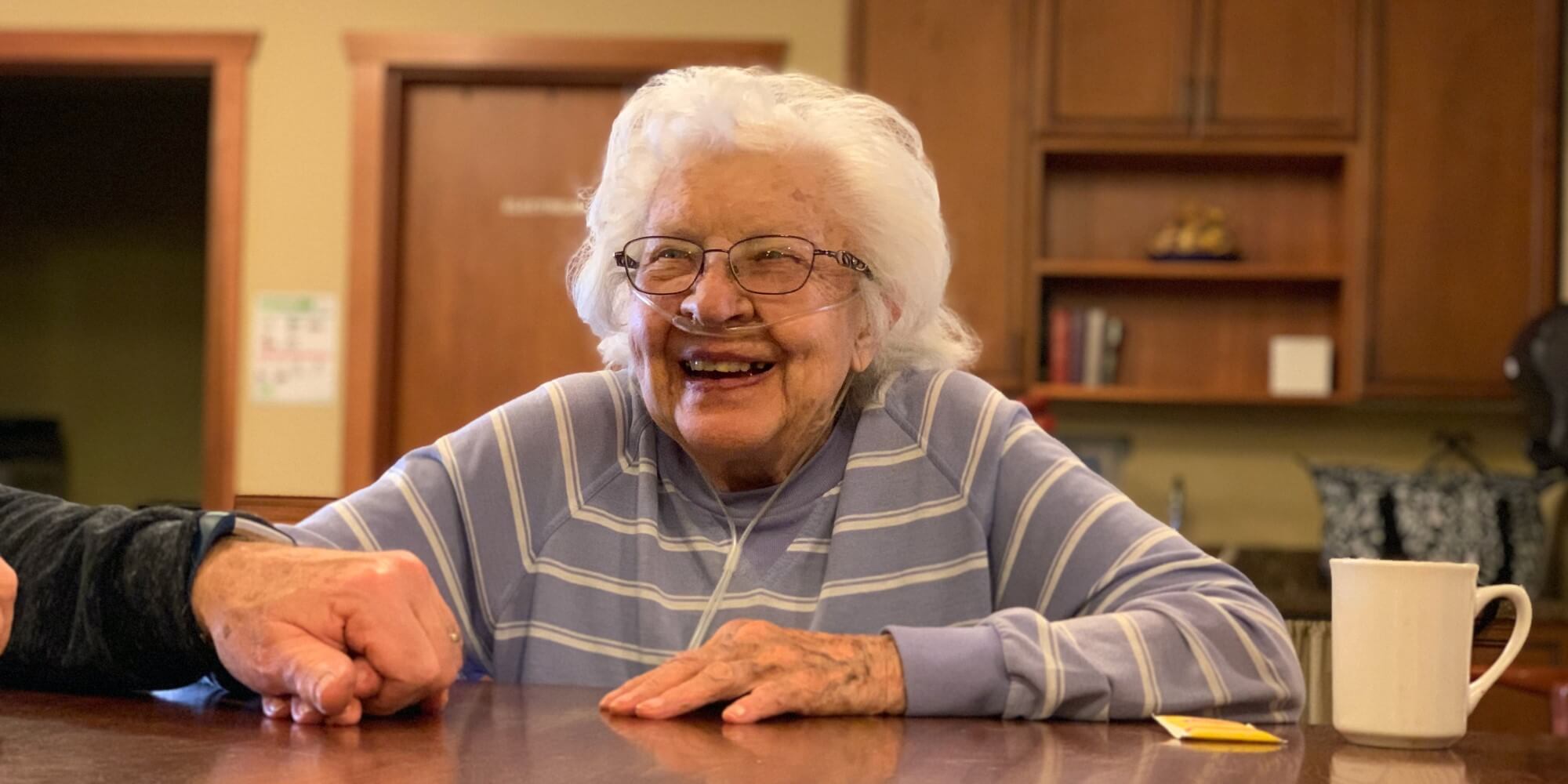When looking for senior care options, many older adults and their families must decide between hiring an in-home caregiver or moving into an assisted living facility. There is no right or wrong option. Choosing what’s best for you or your loved one will depend on the level of care you need, your financial situation, geographic location, and personal preferences.
While assisted living and in-home care offer similar services, each has specific benefits that may make one or the other a better fit for you. Here are some considerations and guidelines for deciding if assisted living or in-home care is more cost-effective.
Assisted Living
Assisted living facilities provide help with activities of daily living like bathing, dressing, meals, and housekeeping. Staff is available around the clock to assist residents at any time. The facility may also have nurses or other medical staff on site. All meals and activities are included in one monthly fee.
Many residents actually feel more independent in an assisted living community because they no longer have to rely on family members to help them out around the house. They have more time to spend with loved ones and opportunities to participate in the community’s busy social calendar.
“Moving into a senior living facility can be hard for the entire family, but I try to reassure people that their loved one will soon develop relationships, become more comfortable with their surroundings, and feel right at home.” —Abby, Life Enrichment Coordinator at Rose Garden
Benefits of assisted living:
- Meals and activities included in one monthly fee
- 24/7 care available if needed
- Family members can focus on spending time with loved ones
- A safe and secure environment designed with safety features for seniors
- Reduced risk of isolation and feeling lonely
- Opportunities for socialization through community and life enrichment activities
- The level of care can easily be adjusted as necessary
Considerations:
- Assisted living facilities typically have a waitlist
- Older adults may want to age in place in their own homes
- Many people wait until they have no other choice but to move into assisted living, making the transition more difficult and stressful
In-Home Care
For in-home care, a caregiver comes to the client’s home to help with activities of daily living, transportation, and companionship. Depending on the client’s needs, they may receive assistance from a home care aide anywhere from one hour a week to 24-hours a day. In-home caregivers are paid by the hour. If medical care is needed, a home health aid provides skilled care like checking vitals and monitoring medical equipment. Medical and non-medical in-home care will usually have different hourly rates.
Benefits of in-home care:
- Good for those who need a little extra help around the house
- A safer way for older adults to stay in their own homes
- Offers a respite for family members who care for their loved ones
Considerations:
- Caregivers charge an hourly rate
- Expenses increase significantly if overnight or 24/7 care is needed
- Family members may have to hire, schedule, or manage caregivers
- Homeownership expenses are still present
- Potential for social isolation when a caregiver is not present
- Home may need modifications for safety or accessibility
Calculating Costs
It is difficult to compare costs one-to-one as the price will largely depend on your needs. Here are some general guidelines for calculating the cost of assisted living vs in-home care.
Assisted Living
Nationwide, the average monthly cost of assisted living is $4,300 per month. The monthly fee usually includes all care, meals, and social activities. Rates vary by facility, so make sure to gather specific information from the senior living communities you are considering.
In-Home Caregiver
Calculating the cost of an in-home caregiver is a bit more difficult.
First, estimate the number of hours per month you or your loved one will need help. This could be a few times a week or four to five hours every day. Include any overnight or on-call hours you’d like your caregiver to be available. Multiply the estimated monthly hours by the hourly rate of the caregiver you’re considering. To help give a rough estimate, the national average for nonmedical in-home care is $21 per hour.
For an accurate, side-by-side comparison, calculate other monthly expenses like groceries/meals, utilities, mortgage or rent payments, property taxes, and home maintenance costs. Because these expenses are included in the cost of assisted living, add these to the estimated costs of an in-home caregiver.
As a rule of thumb, if someone requires more than five hours a day of home care, it may make more sense financially to choose assisted living.
Senior Living at Sunset
We know that researching your senior living options and choosing the right level of care for you or a loved one can be a challenging and confusing process. Sunset offers a full continuum of senior care with the mission to “provide quality services for senior adults in a spirit of Christian love.” We focus on creating a family-like and welcoming atmosphere where you or your loved one can feel instantly at home.
Please contact us if you have any questions. We’re always here to help answer questions or provide resources to help you make the best senior living decisions for you or a loved one.
Other resources you may be interested in
- Download our free guide Navigating the Financial Aspects of Senior Living
- Read Paying for Senior Care (And Other Common Questions)
- Read “What I Love About Rose Garden” by Abby
